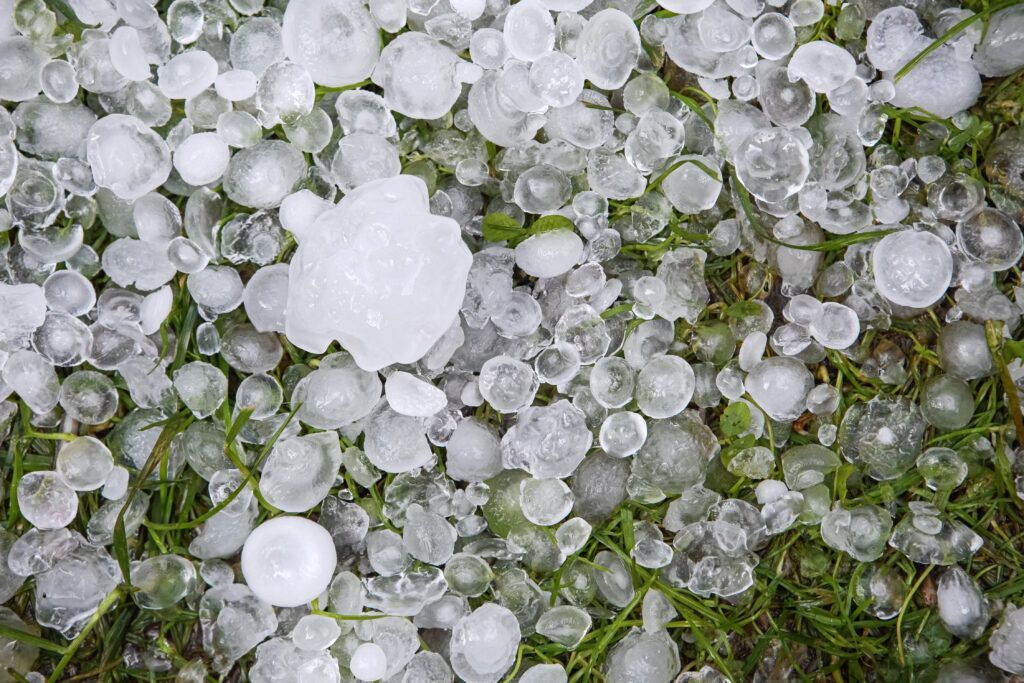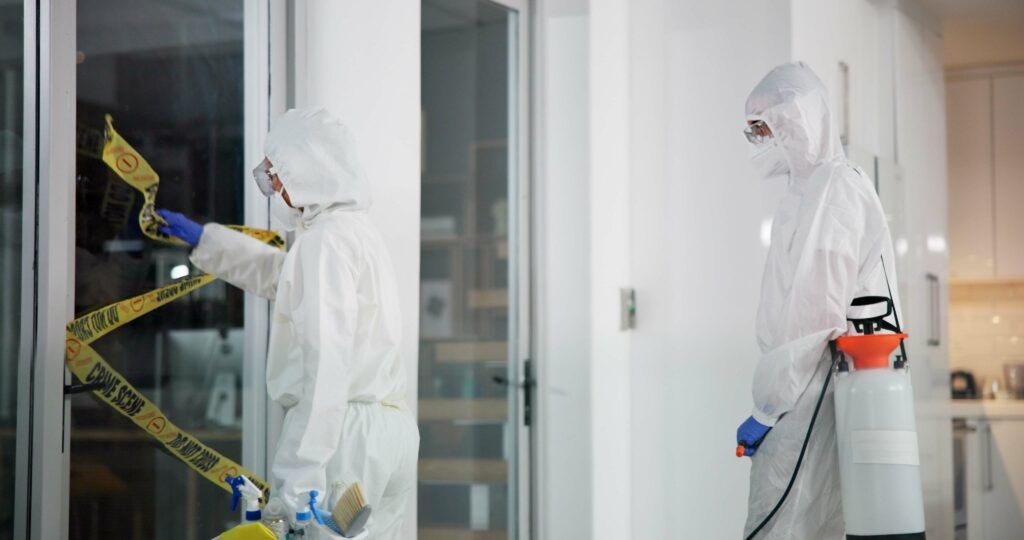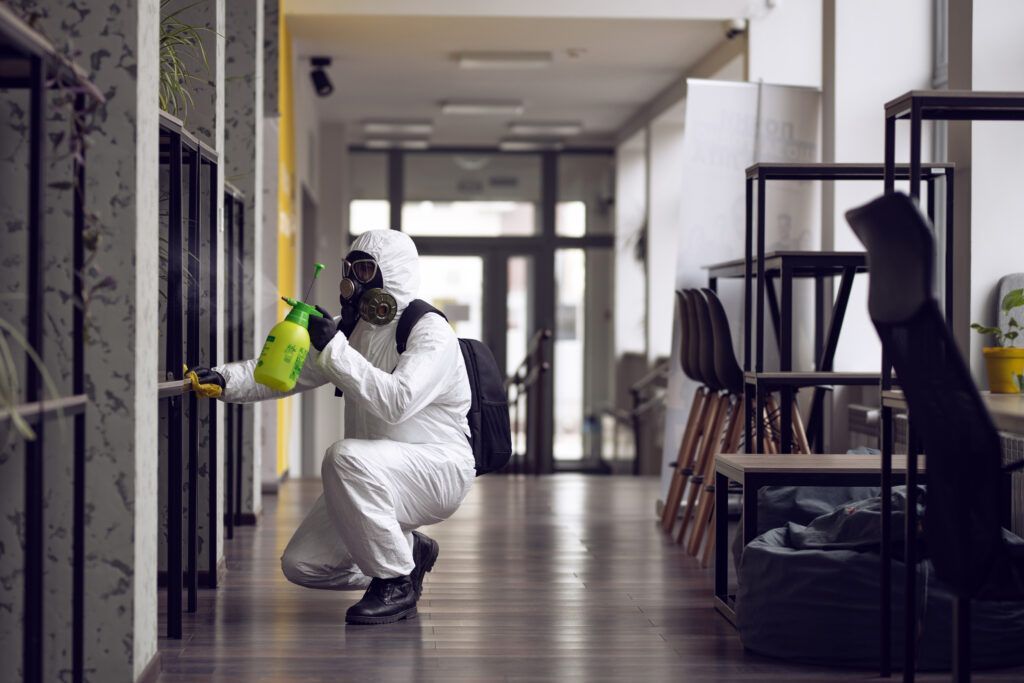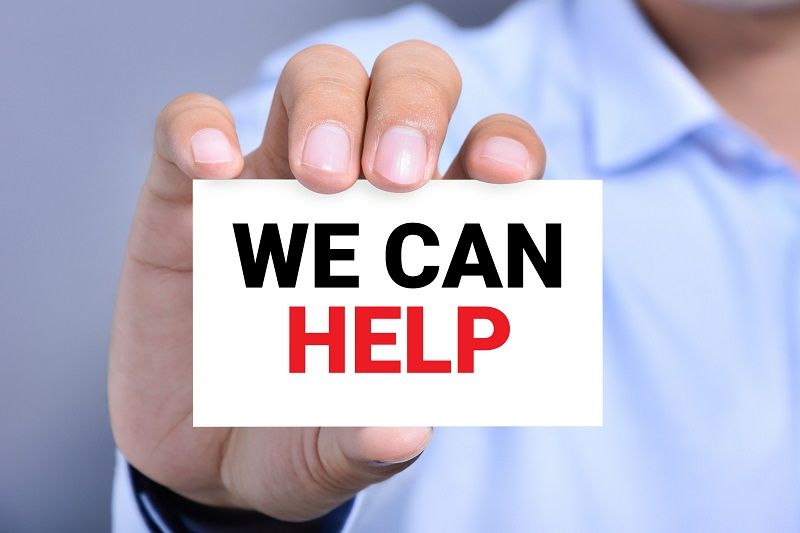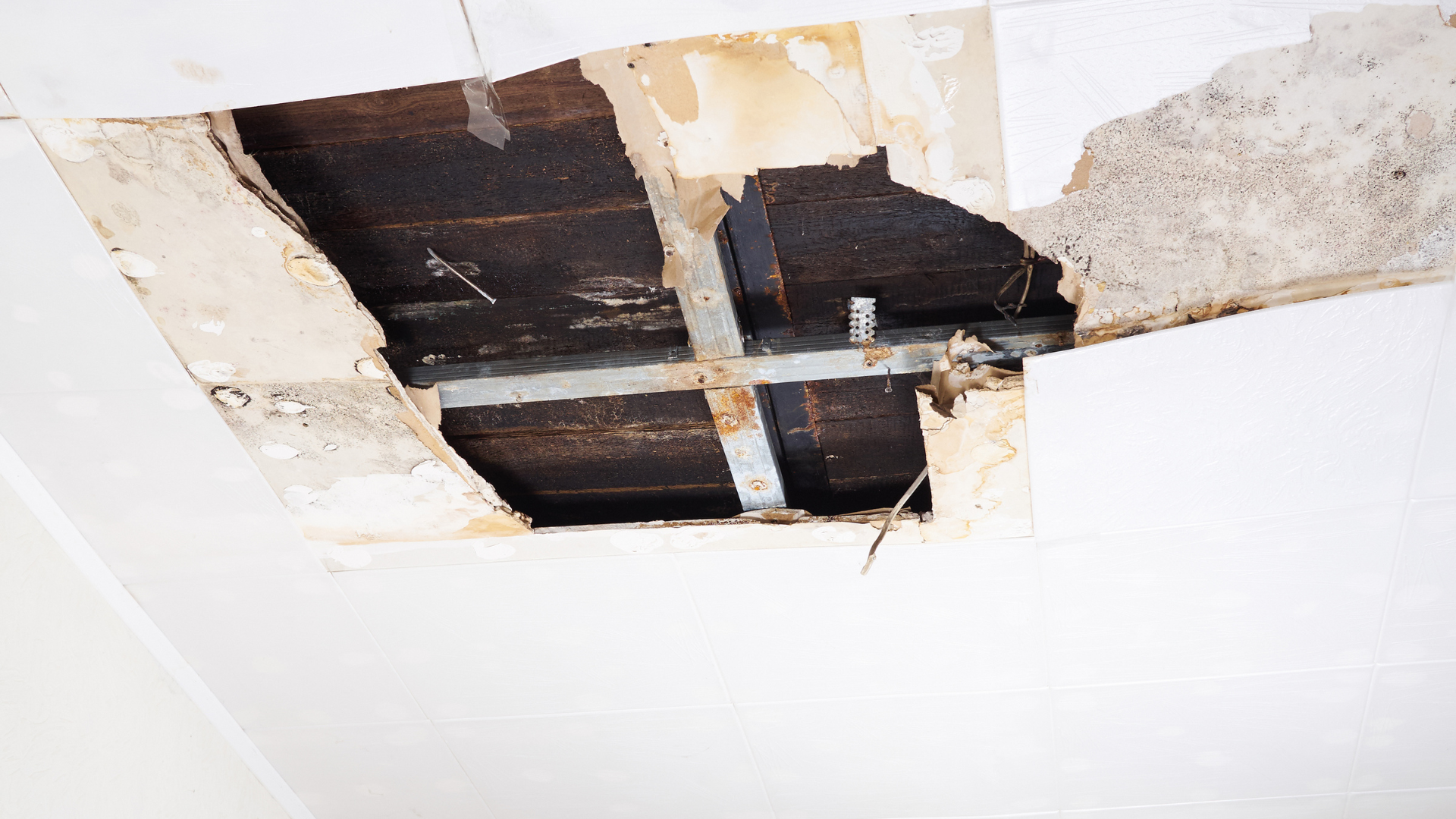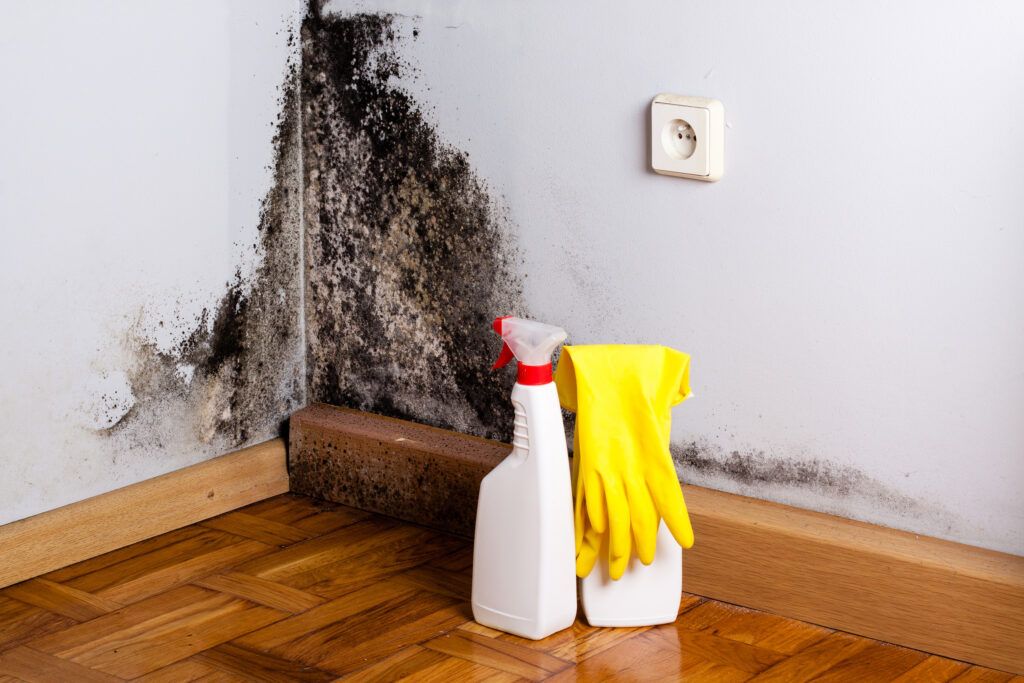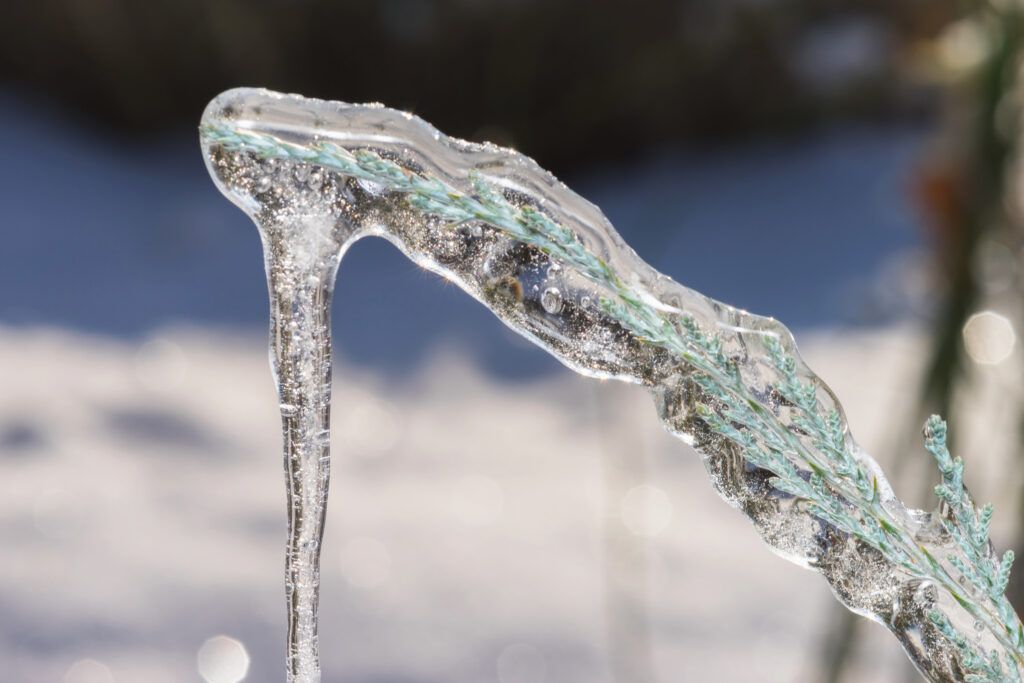The Hidden Dangers of Living in a Former Meth Lab
Purchasing a new home or renting a property should be an exciting milestone, not the beginning of a health nightmare.
Yet for an alarming number of Americans, moving into a property with a hidden history of methamphetamine production leads to precisely that. At HRS Restoration Services, we’ve seen firsthand the devastating impact that undetected meth contamination can have on unsuspecting families.
Methamphetamine labs leave behind a toxic legacy that can persist for years if not properly remediated. These invisible hazards don’t announce themselves with obvious signs, making them particularly dangerous for new occupants who have no idea they’re being exposed to harmful chemicals daily.
In this comprehensive guide, we’ll explore the serious health risks associated with former meth labs, how to identify potential contamination, the legal implications for property owners, and most importantly, what steps to take if you suspect your property has a methamphetamine history.
The Invisible Threat: Health Risks of Meth Residue Exposure
When methamphetamine is manufactured, the process releases a cocktail of hazardous chemicals that permeate every surface of the property. These toxic substances don’t simply disappear when production stops—they can linger for decades if not properly remediated.
The health consequences of living in a former meth lab can be severe and wide-ranging:
- Respiratory issues : Chronic coughing, asthma-like symptoms, and bronchitis are common complaints among those exposed to meth residue.
- Neurological problems : Headaches, dizziness, and difficulty concentrating are frequently reported symptoms.
- Skin irritation : Chemical burns, rashes, and persistent irritation can occur from contact with contaminated surfaces.
- Immune system damage : Long-term exposure can compromise immune function, making residents more susceptible to illness.
- Behavioral changes
: Children are particularly vulnerable, with studies showing developmental delays, learning disabilities, and behavioral problems linked to meth exposure.
According to the CDC, even low-level exposure to methamphetamine residue can cause significant health problems, especially in vulnerable populations like children, the elderly, and those with pre-existing conditions.
Dr. John Martyny, a researcher at National Jewish Health in Denver, found that meth lab chemicals can remain active for years and that “the level of contamination in some of these homes is similar to what you’d find in a hazardous waste dump.”
Red Flags: How to Identify a Potential Former Meth Lab
While professional testing is the only definitive way to confirm methamphetamine contamination, there are several warning signs that might indicate a property’s troubling past:
Physical Indicators
- Unusual odors : Strong chemical smells resembling ammonia, cat urine, or acetone that persist despite cleaning
- Stained fixtures : Yellow or reddish stains on sinks, toilets, or bathtubs
- Damaged property : Burns on floors or countertops, corroded plumbing fixtures
- Modifications : Unusual ventilation systems, holes drilled in walls or floors, blocked windows
Property History Red Flags
- Frequent tenant turnover : Multiple occupants in a short period
- Suspicious activity patterns : Previous tenants who were rarely seen or only active at unusual hours
- Unusual utility usage : Extremely high or erratic electric bills
- Property price : Home priced significantly below market value without clear explanation
Behavioral Symptoms After Moving In
If you’ve recently moved into a property and experience any of these symptoms without explanation, methamphetamine contamination could be the culprit:
- Persistent headaches that improve when away from home
- Difficulty breathing or unexplained respiratory issues
- Skin irritation or rashes that don’t respond to treatment
- Unusual sleep disturbances or insomnia
- Children developing behavioral problems or unexplained illness
Real-world example : In a recent Colorado case, a family of four experienced persistent respiratory problems and skin rashes for months after moving into their new home. Only after their pediatrician suggested testing for environmental toxins did they discover methamphetamine levels 15 times the state’s legal limit. The previous owner had never disclosed the property’s history.
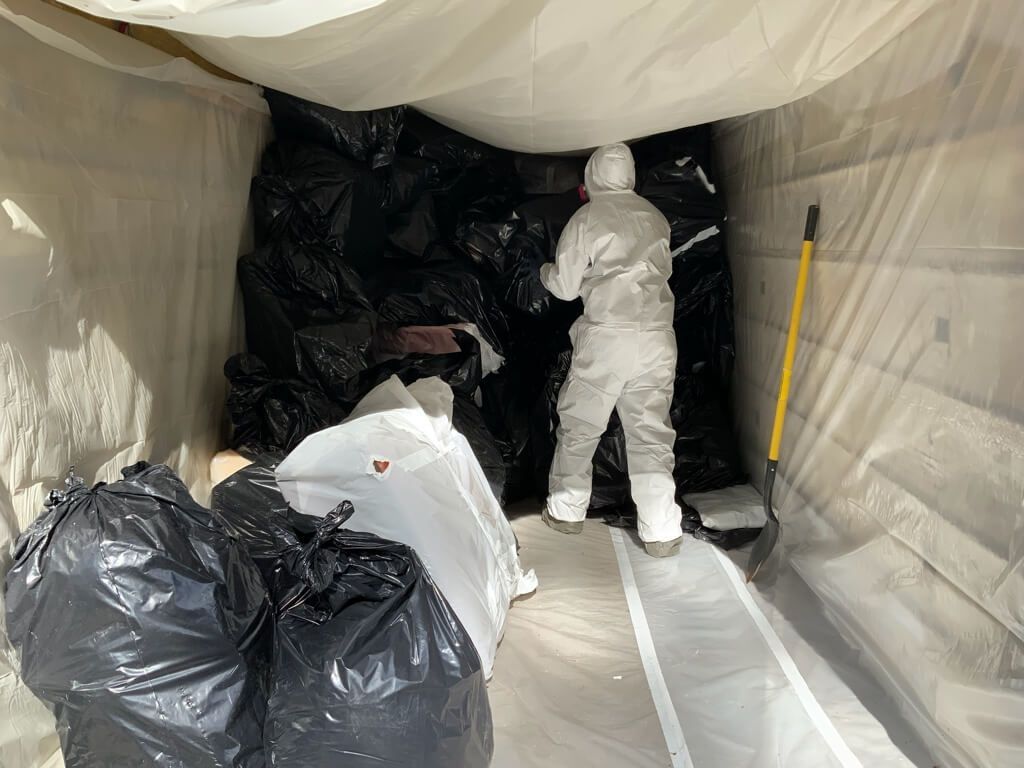
The Legal Landscape: Disclosure Laws and Property Owner Liability
The legal framework surrounding former meth labs varies significantly by state, creating a complex landscape for both property owners and occupants.
Disclosure Requirements
- Colorado law requires sellers to disclose if a property was used as a methamphetamine lab if they have actual knowledge of such use. However, there’s no requirement to test for contamination before selling.
- Many states have similar disclosure laws, but enforcement and specifics vary widely.
- Federal law does not currently mandate disclosure or remediation of former meth labs.
Property Owner Liability
Property owners face significant legal and financial risks if they fail to address known contamination:
- Civil liability : Owners who knowingly rent or sell contaminated properties can face lawsuits from affected tenants or buyers.
- Insurance implications : Many insurance policies exclude coverage for methamphetamine contamination, leaving owners to bear remediation costs out-of-pocket.
- Property value impact : Once identified as a former meth lab, properties can lose 15-30% of their market value.
Tenant Rights
If you’re renting a property you suspect was a former meth lab:
- You may have grounds to break your lease without penalty
- You could be entitled to damages for health impacts and property loss
- Many states have specific tenant protection laws for hazardous living conditions
Important : Document all symptoms, take photographs of suspicious areas, and keep records of all communications with your landlord or property manager if you suspect contamination.
Testing and Remediation: The Path to Safety
If you suspect your property may be contaminated with methamphetamine residue, professional testing is the critical first step.
Professional Testing Options
- Surface wipe testing : The most common method, where samples are collected from various surfaces and analyzed for methamphetamine residue.
- Air quality testing : Can detect airborne contaminants associated with meth production.
- Comprehensive assessment
: A full property evaluation by certified professionals that includes multiple testing methods.
In Colorado, the legal limit for methamphetamine contamination is 0.5 micrograms per 100 square centimeters. Properties exceeding this threshold require professional remediation before they can be legally occupied.
The Remediation Process
Professional meth lab cleanup is not a DIY project. The process typically includes:
- Initial assessment : Determining the extent of contamination
- Containment : Preventing cross-contamination to unaffected areas
- Removal : Disposing of contaminated materials that cannot be cleaned
- Cleaning : Specialized techniques to remove residue from salvageable surfaces
- Encapsulation : Sealing certain surfaces to prevent future exposure
- Verification testing
: Confirming that contamination levels are below legal limits
The cost of professional remediation typically ranges from $5,000 to $50,000 depending on the size of the property and extent of contamination. While expensive, proper remediation is the only way to ensure a property is safe for habitation.
Taking Action: What to Do If You Suspect Contamination
If you believe your property may be contaminated with methamphetamine residue, taking prompt action is essential to protect your health and legal interests.
Immediate Steps
- Consult a healthcare provider : If you’re experiencing symptoms, seek medical attention and inform your doctor about your concerns.
- Arrange for testing : Contact a certified environmental testing company to assess your property.
- Review your legal options : Consult with an attorney who specializes in environmental or real estate law.
- Notify relevant parties : If renting, inform your landlord in writing; if recently purchased, contact your real estate agent and the previous owner.
- Consider temporary relocation : If test results confirm contamination, you may need to relocate until remediation is complete.
Long-term Considerations
- Document everything : Keep detailed records of all testing results, medical visits, and communications regarding the contamination.
- File insurance claims : Check if your homeowner’s or renter’s insurance provides any coverage for testing or remediation.
- Explore financial assistance : Some states offer programs to help cover the costs of methamphetamine remediation.
Conclusion: Protection Through Knowledge and Professional Help
The hidden dangers of former meth labs represent a serious but often overlooked threat to property owners and occupants. By understanding the risks, recognizing the warning signs, and knowing your legal rights, you can better protect yourself and your loved ones from the devastating health impacts of methamphetamine contamination.
If you suspect your property may have a history of methamphetamine production, don’t take chances with your health or investment. Contact HRS Restoration Services for professional testing and remediation services. Our certified technicians have extensive experience in methamphetamine decontamination and can help restore your property to a safe, habitable condition.
For emergency assistance with suspected methamphetamine contamination, call our 24/7 response line at 303-241-7849.
Remember: When it comes to methamphetamine contamination, what you can’t see can hurt you. Professional testing and remediation aren’t just about protecting your property value—they’re about safeguarding your family’s health and future.
The post The Hidden Dangers of Living in a Former Meth Lab appeared first on HRS Restoration.
